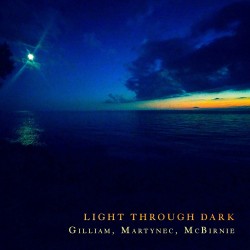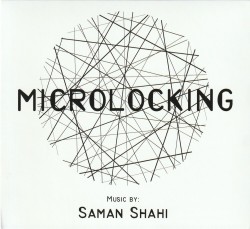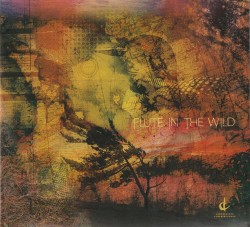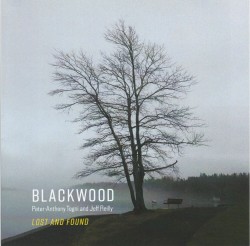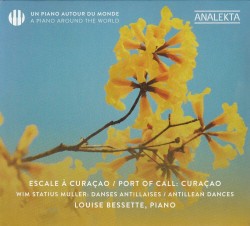Soaring Spirits - UBC Symphony Orchestra & Choirs; Jonathan Girard
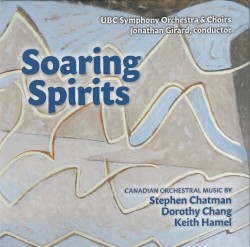 Soaring Spirits
Soaring Spirits
UBC Symphony Orchestra & Choirs; Jonathan Girard
Redshift Records TK492 (redshiftrecords.org)
Jonathan Girard conducts the UBC Symphony Orchestra and Choirs in a release of newly recorded orchestral music by three of Canada’s most visible composers. Stephen Chatman’s A Song of Joys alternates between boisterous pulsations and tender interludes throughout its seven movements. The text is based on fragments of Whitman’s Leaves of Grass, and Chatman intended the work to be a companion piece to Beethoven’s monumental ninth symphony. The last movement builds to a resounding climax using the full power of the orchestra and choir.
In Dorothy Chang’s Flight, the listener is introduced to a delicate and mysterious dream world amid darkened melodic enchantment produced by the solo flutist and supporting strings. The piece quickly takes a turn for the dramatic with raucous jabs and swirling gestures. Chang’s brilliant writing for the flute (performed by Paolo Bortolussi) and command over novel orchestral colours produces a deep artistic statement and significant contribution to the Canadian orchestral repertoire.
Keith Hamel’s Overdrive is a ten-minute ride of intense orchestral fireworks. Enduring piano trajectories reinforce accented cross play and shimmering fissures throughout. Hamel creates a sense of temporal multiplicity that could easily be extended in a work of considerably increased length. The orchestra performs the demanding passages with a confident musicality – bringing to life what is clearly a gifted compositional voice.
Under Girard’s baton the university orchestra delivers a recording of rather challenging repertoire with impressive musicality and a professional level of performance prowess.


